Pan-cancer integrative analyses dissect the remodeling of endothelial cells in human cancers
- PMID: 39345334
- PMCID: PMC11429526
- DOI: 10.1093/nsr/nwae231
Pan-cancer integrative analyses dissect the remodeling of endothelial cells in human cancers
Abstract
Therapeutics targeting tumor endothelial cells (TECs) have been explored for decades, with only suboptimal efficacy achieved, partly due to an insufficient understanding of the TEC heterogeneity across cancer patients. We integrated single-cell RNA-seq data of 575 cancer patients from 19 solid tumor types, comprehensively charting the TEC phenotypic diversities. Our analyses uncovered underappreciated compositional and functional heterogeneity in TECs from a pan-cancer perspective. Two subsets, CXCR4 + tip cells and SELE + veins, represented the prominent angiogenic and proinflammatory phenotypes of TECs, respectively. They exhibited distinct spatial organization patterns, and compared to adjacent non-tumor tissues, tumor tissue showed an increased prevalence of CXCR4 + tip cells, yet with SELE + veins depleted. Such functional and spatial characteristics underlie their differential associations with the response of anti-angiogenic therapies and immunotherapies. Our integrative resources and findings open new avenues to understand and clinically intervene in the tumor vasculature.
Keywords: immunotherapy; pan-cancer; single-cell RNA-seq; tumor endothelial cell.
© The Author(s) 2024. Published by Oxford University Press on behalf of China Science Publishing & Media Ltd.
Figures
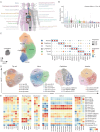
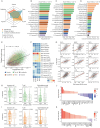
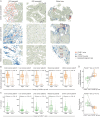
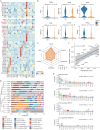
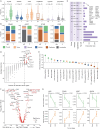
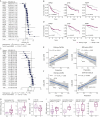
References
LinkOut - more resources
Full Text Sources
